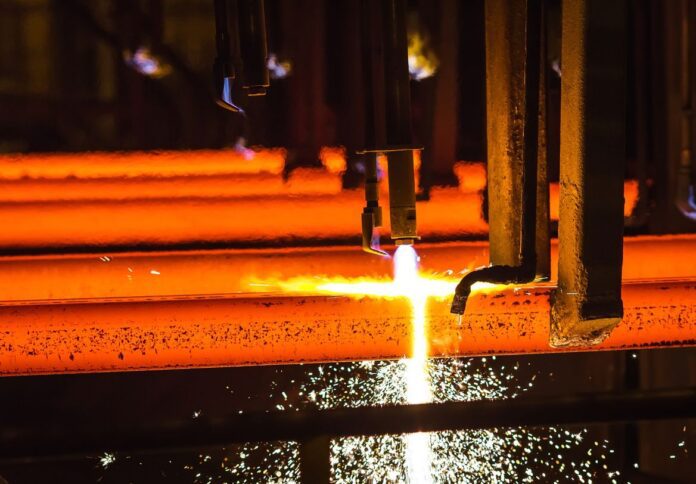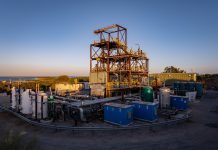
Making automobiles lighter is one of several techniques to reduce the energy necessary for transportation. In particular, high-strength (HS) steels are ideal candidates for this application because their higher weight-to-strength ratio allows for the use of less metal to achieve comparable structural integrity.
Thus, many automakers anticipate that HS steels will become a vital component of numerous types of vehicles in the future. However, there is one major issue that must be addressed before this can become a reality.
While HS steel is a potential material for next-generation cars, it is susceptible to hydrogen embrittlement, which reduces mechanical performance.
What is hydrogen embrittlement?
The phenomenon known as hydrogen embrittlement happens when HS steel is exposed to rainwater (H2O) or hydrogen. Hydrogen atoms permeate into the material’s lattice structure and gradually degrade it, making it more prone to breakdown under mechanical stress.
Researchers at Sophia University in Tokyo, Japan have discovered that hydrogen embrittlement in HS steel frequently results in intergranular (IG) cracks along the grain boundaries of the crystalline lattice.
Unfortunately, the underlying mechanisms driving this type of fracture in HS steel are difficult to examine in isolation because other types of fracture tend to occur alongside it, according to findings published in the journal Scripta Materialia.
Research on fractures induced by embrittled HS steel specimens made possible
The research team carried out extensive testing on fractures caused by embrittled HS steel specimens, shedding light on the types of flaws seen at the atomic scale in the crystalline structure of broken HS steel.
The scientists were able to induce pure-IG fractures on embrittled HS steel samples by creating an alternative to standard tensile tests, allowing them to investigate these fractures in unprecedented detail.
Traditional tensile tests in metals involve subjecting a dog-bone-shaped sample to increasing tension until it breaks, resulting in fractures other than IG fractures such as quasi-cleave fractures, dimples, and shear lips.
The Sophia scientists’ test, on the other hand, comprised repeated loading and unloading of the sample during hydrogen charge.
“Our load reduction test was designed to progressively reduce the material’s ultimate tensile strength (UTS),” said Kenichi Takai, co-author of the study.
He continued, “We achieved this by repeatedly removing the load applied to the specimen immediately after the tensile stress reached the UTS under hydrogen charging and the re-applying it.”
Paving the way for materials scientists’ better understanding of the phenomenon
In a final set of assessments, the team used SEM images to undertake several analyses to evaluate whether the formation of vacancies and vacancy clusters detected using L-TDS involved plasticity. These investigations revealed that some vacancies merged to form nano-voids and that the martensite laths and blocks in the regions surrounding these voids were significantly deformed and difficult to distinguish. This implies that local plastic deformation occurs directly beneath the IG crack generated by hydrogen embrittlement.
Overall, the results of the study will help the understanding of hydrogen embrittlement in HS steel among materials scientists.
Hopefully, this will open the door to fresh approaches to suppress it and make it possible for HS steel to be safely used in hydrogen-powered vehicles.
















